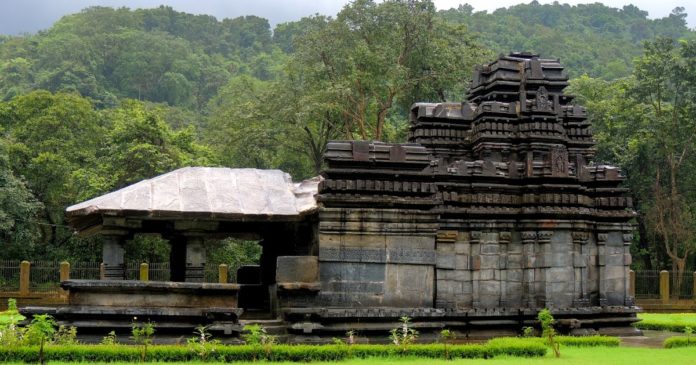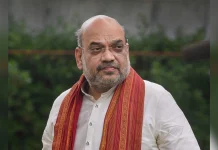When we think of Goa and its culture, its Portuguese legacy comes to mind. But Goa was once a bastion of Hindu culture and was ruled by the Kannadiga dynasty of Kadambas for over 200 years.
By Prathima.G.Kulkarni
Mayura Sharma founded this kingdom in 345 CE. The Kadambas were in rule from 345 to 525 CE. The kingdom showed the potential of developing into imperial proportions. This was proved by the titles and epithets of the rulers and by the martial relationship they formed between other kingdoms such as, Vakatakas and Guptas of northern India. Mayura Sharma gained sovereignty by defeating Pallavas of Kanchi with the help of the native tribes.
Kadambas were the first royal dynasty to use Kannada as their administrative language. The era of Kadambas was considered as a broad based historical starting point for the study of the development of a region as an enduring geo-political system along with Kannada as an important regional language.
The Kadambas were contemporaries to the Western Ganga Dynasty and together with them formed the earliest native kingdoms to rule the land. During the middle of the 6th century, the dynasty ruled as a vassal of larger Kannada empires such as the Chalukya and the Rashtrakuta empires for more than five hundred years. This is when they branched their kingdom into the Kadambas of Goa, the Kadambas of Halasi and the Kadambas of Hangal.
From the Savai Vere inscription, we understand that Kadambas were the allies of the Chalukyas. Kadambas helped Chalukyas defeat the Rashtrakutas. Shasthadeva, a ruler of Kadambas conquered the city of Chandrapur from the Shilaharas and established the Goan Kadamba dynasty in 960 CE. It was during the rule of Kadambas, the name and fame of Goapuri reached its peak. Goa’s religion, culture, trade and arts majorly flourished during those days.
The Kadambas introduced Kannada, which was their administrative language to Goa where it exercised a profound influence on the local language. The Kadambas ruled Goa for around 300 years from 11th century till 14th century. During the reign of the Kadamba dynasty, Goa took shape as a distinct political entity for the first time and it was a time of unprecedented stability and wealth known as Goa’s First Golden Age.Initially, Chandrapur was the capital of Kadambas in Goa until 1310. Later it was moved to a new port city on the banks of Zuari river known as Govepure or Gopakapattanam.
The Nagari, Kadamba, Halekannada and Goykanadi scripts were very popular in those days. It is known from another inscription that Tribhuvanamalla established a Brahmapuri at Gopaka. Brahmapuris were ancient universities run by Brahmins, where Vedas, astrology, philosophy, medicine, and other subjects were taught.
Construction work saw a major boom during the Kadamba rule. There were a lot of Shiva temples that were built which made Goa a centre of Hindu pilgrimage. Sadly, only one temple that was built remains to this day. Tambdi Surla is survived because it was built in the jungle which is very dense. The Portuguese and the Muslims destroyed all the other temples.
Fourteen Kadamba kings in succession ruled Goa. Guhulladeva-1, Shastadeva-2, Guhulladeva-3, Jayakeshi-2, Shivachitta, Vishnuchitta and Jayakeshi-3 are among the important kings who constitutethis dynasty and to and contributed to its progress. Kadambas were totally overpowered by the end of thirteenth century. On 16 October 1345 Goa Kadamba King Surya Deva was assassinated by Muslim invaders and thus came an end to one of the most majestic dynasties in the south.








